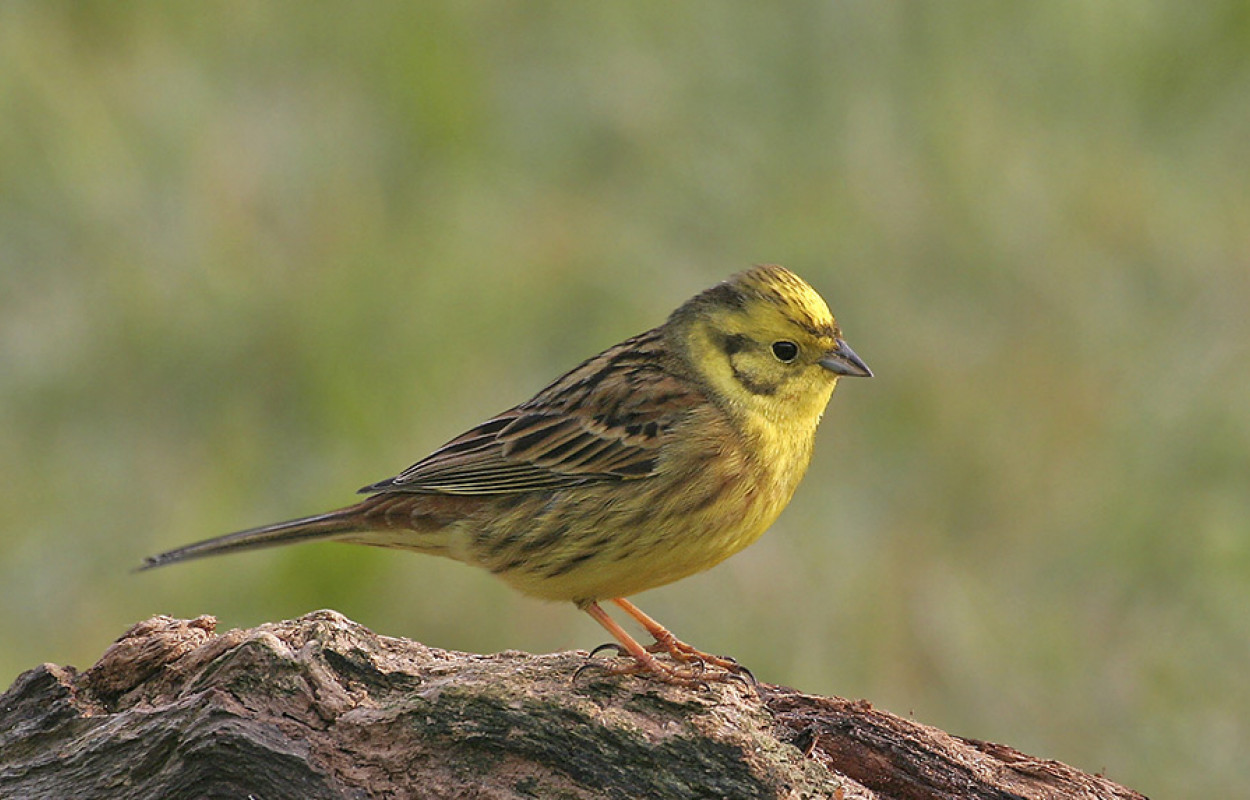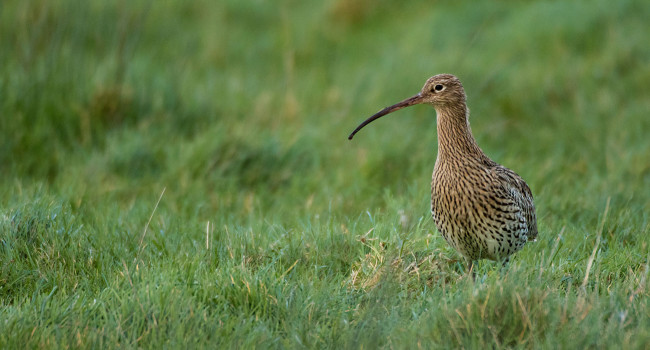Integrating demographic data: towards a framework for monitoring wildlife populations at large spatial scales

Author(s): Robinson, R.A., Morrison, C.A. & Baillie, S.R.
Published: January 2014
Journal: Methods in Ecology and Evolution Volume: 5 ( part 12 )
Digital Identifier No. (DOI): 10.1111/2041-210X.12204
Identifying the drivers of population change is a key part of the conservation process, as it provides an evidence-based focus for conservation efforts. Recent research by the BTO has brought together data from several volunteer-based surveys to model the demographic drivers of population change for a suite of common bird species. This approach also delivers a powerful method that can be applied to rarer species, for which data are less readily available.
Drivers of avian population change: volunteer-based surveys allow an innovative integrated approach
Identifying the drivers of population change is a key component of the conservation process, since it allows scientists, managers and policymakers to devise ways of addressing problems and reversing declines. BTO-led work has documented bird population changes across key groups, from farmland birds to waterbirds, over several decades. Bird populations are generally affected by one of three main processes: the number of breeding individuals surviving from one year to the next, the number of chicks fledging and surviving to breeding age, and immigration and emigration of individuals into and out of the area concerned.
A novel approach to modelling
Previous research has often focused on only one aspect of the possible demographic drivers, but a recent study by the BTO (Robinson et al. 2014) used long-term data (18-46 years) drawn from a number of BTO-led volunteer surveys ([[{"type":"media","view_mode":"default","fid":"328830","fields":{"format":"default"},"link_text":"Common Bird Census","attributes":{"class":"file media-element file-default"}}]], Breeding Bird Survey, Nest Record Scheme and bird ringing), to model the demographic drivers of population trends for 17 common avian species. The novelty of this study was in its use of an integrated approach, as well as the inclusion of a parameter to account for potential processes that were not measured directly, such as the number of nesting attempts. An example was provided by two declining species, Lapwing and Song Thrush, for which population drivers were identified as changes in juvenile survival and reproductive success, respectively. Both of these species were “Red-listed” in the most recent Birds of Conservation Concern report to which BTO data contributed.
First-year survival is key
Overall results showed that the population dynamics of declining species are driven mainly by the recruitment of individuals to the breeding population, which is particularly influenced by the survival of birds during their first year. For non-declining species, adult survival is the main factor driving population trends. In policy terms, this suggests that measures aimed at improving overwinter survival, such as increasing the food available to farmland birds at the end of winter to avoid the “hungry gap”, are likely to be more effective than measures taken during the breeding season.
The application of this novel method to conservation
This research demonstrates the importance of an integrated approach to identifying key demographic parameters, as well as the crucial role of volunteer-based monitoring programmes. An important application of this method is that it allows factors that could affect scarcer species, for which data are more limited, to be inferred. This enables the early implementation of targeted conservation measures for species that are difficult to monitor, thereby improving the effectiveness of evidence-based conservation strategies.
BTO has access to unparalleled amounts and diversity of volunteer-collected avian data, and has the expertise to analyse them. If you would like to take part in one of our surveys, you too could contribute to our datasets.
Notes
This research was funded by JNCC.








Share this page